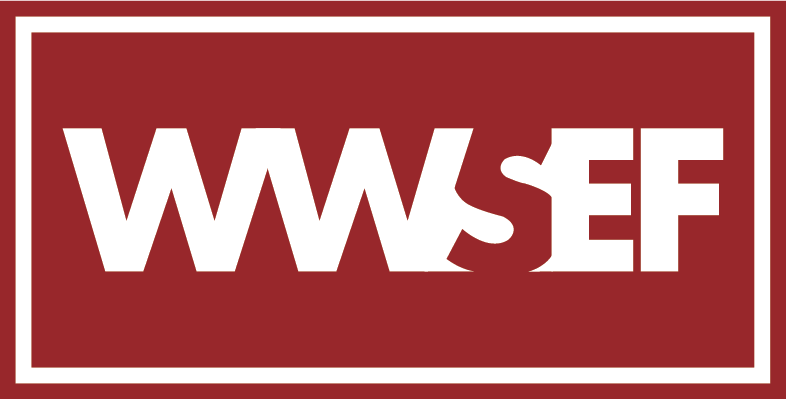The projects in each Division are put into one of three Categories:
Engineering: Any topic in applied science, using electricity and magnetism, robots, pulleys, gears, rocketry, solar energy, lasers, aeronautics, structures, chemical processes to achieve a purpose, development of computer hardware, software or applications, etc. are Engineering.
Life Science: Projects dealing with living organisms, factors affecting growth, etc., whether biology or social science, are Life Science.
Physical & Mathematical Science: Studies of chemical or physical phenomena, optics, colour and sound, radiation, comparison of similar products, corrosion, and studies in mathematics are examples of projects in this category.
Note: Many projects contain elements of two or more divisions. The stated purpose or hypothesis of the project may be the best indicator of the exhibitor's thinking, and indicate into which division a project should be registered.
Examples of Distinctions Between Categories:
Physical Science or Life Science?
- A project examining the formation of acid rain would be Physical Science, but one that investigates the consequential effect on micro-organisms and plants would be Life Science.
Physical Science or Life Science?
- A project investigating the factors affecting bubble gum bubble size (time, brand, etc.) would be a Physical Science project, even though some factors to be considered (chewing and enzymes in saliva) are biotic. If the focus was on the effect of chewing and saliva as a digestive process, using gum as an indicator, it would be a Life Science project.
Physical Science or Engineering?
- A project examining the variables involved in Bernoulli's Principle would be entered as Physical Science. Designing wings, sails or other devices, which use the principle, would be Engineering.
- Measuring solar energy would be Physical Science whereas using it would be Engineering. Similarly, comparing the effectiveness of sunscreens would be a Physical Science project while formulating a new one would be Engineering.
- Comparing the properties of papers, even home-made, would be Physical Science while attempting to design a particular paper, or a new method for making the paper, would be Engineering.
Physical Science, Engineering or Life Science?
- A project which examines and/or compares the physical properties of materials which absorb oil would be placed in Physical Science.
- A project which developed a new material or a method to clean up oil spills would be Engineering.
- A project dealing with the effect of an oil spill on flora or fauna would be a Life Science project.





